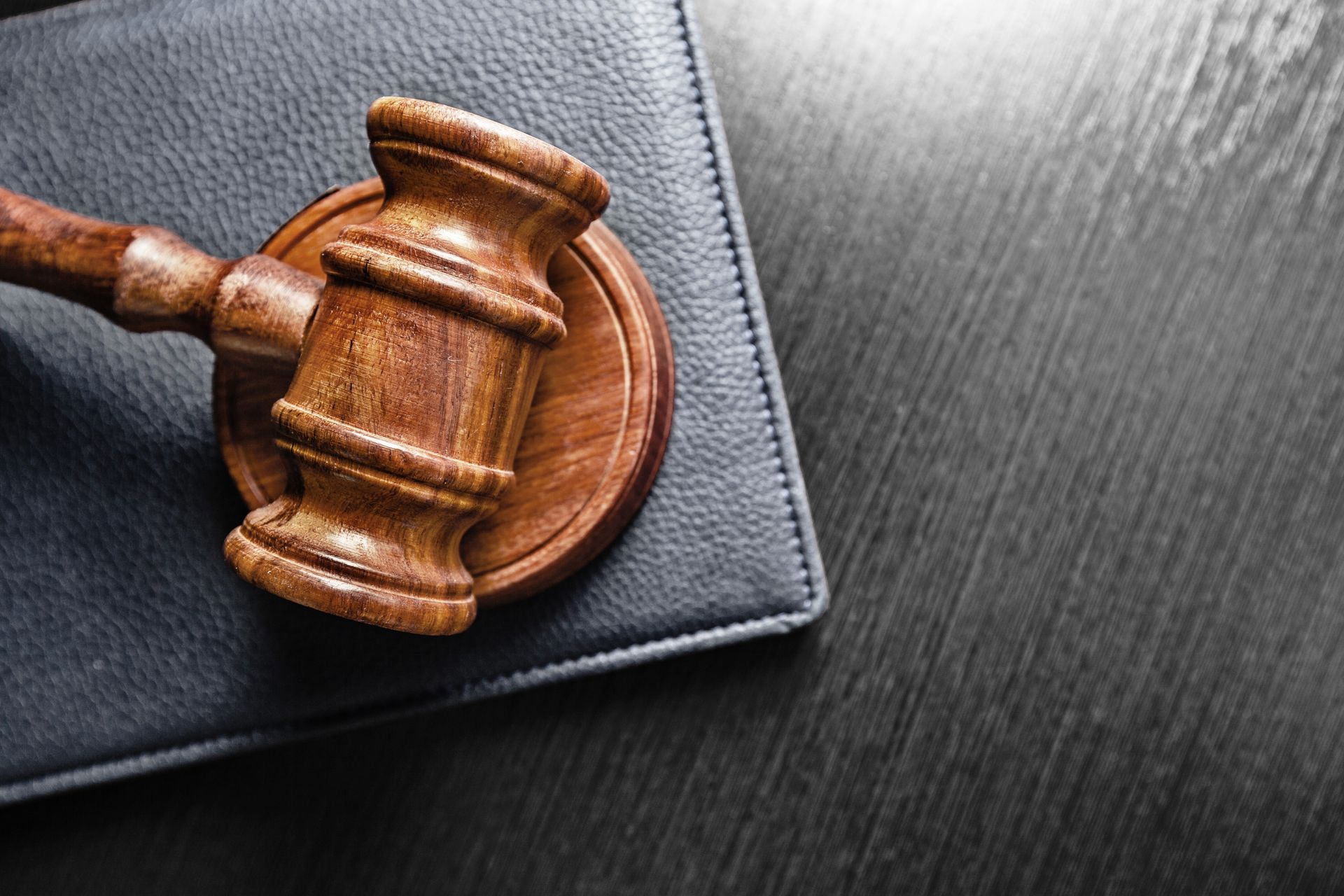March 25, 2024
Navigating financial storms can be a tumultuous experience, especially for those residing in California, which often grapples with a high cost of living. Finding reprieve from overwhelming debt can be like hunting for a needle in a haystack – complex and exhausting. Yet, there's a beacon of hope that many might overlook or misunderstand: Chapter 7 bankruptcy. With a stigma that often engenders fear and shame, bankruptcy remains a legal tool designed to offer individuals and businesses a fresh start in their financial well-being. This comprehensive guide to Chapter 7 bankruptcy in California is crafted to shed light on its process, requirements, and the life-changing benefits it can offer. Understanding Chapter 7 Bankruptcy When financial burdens have snowballed to an unmanageable extent, Chapter 7 bankruptcy, also known as "liquidation" or "straight bankruptcy," can offer relief to debtors. Unlike Chapter 13 bankruptcy, which involves setting up a repayment plan, Chapter 7 typically discharges most unsecured debts. However, it's not a blank check – it comes with stringent qualifications and implications. Filing under Chapter 7 involves a trustee selling off (liquidating) any non-exempt assets to repay creditors. In California, residents must adhere to state-specific exemption laws, which permit certain property to be protected during bankruptcy proceedings. It’s important to understand that not all debts are dischargeable, including child support, alimony, and certain tax obligations. Determining if Chapter 7 is the Right Choice Before pursuing Chapter 7, it's crucial to assess whether it's the most suitable option for your financial situation. A critical step is to weigh the following factors: Eligibility: If your income is below the California median for your family size, you might automatically qualify. If it's higher, a means test will evaluate your disposable income to determine if you can afford to repay a portion of your debt through a Chapter 13 plan. Type of Debt: Chapter 7 is effective for unsecured debts like credit cards and medical bills. It may not be suitable for secured debts where you want to keep the property, such as a mortgage or car loan. Goals: If your primary objective is to discharge unsecured debt and you don't have significant non-exempt property, Chapter 7 could be the right choice. The Chapter 7 Filing Process in California The process of filing for Chapter 7 bankruptcy in California is complex and often requires the counsel of a legal professional. The steps typically include: Credit Counseling: Before filing, you must complete a credit counseling course from an approved provider. Filing the petition: This is the official document that starts the bankruptcy process. It includes detailed information about your financial situation, income, assets, and debts. The Automatic Stay: Once your petition is filed, an automatic stay immediately halts most legal actions by creditors, including foreclosure, wage garnishment, and debt collection lawsuits. The Meeting of Creditors: A trustee will conduct a meeting where you testify about your financial state, which the creditors may attend to ask questions about your assets or debts. Financial management course: After filing for bankruptcy, you must complete a financial management course from an approved provider. Chapter 7 Bankruptcy Benefits in California The prospect of filing for Chapter 7 bankruptcy is often associated with a sense of loss and failure. Yet, the benefits it offers can significantly improve a debtor's quality of life and provide the fresh start they so desperately seek: Debt Discharge: One of the most significant benefits of Chapter 7 is the discharge of most unsecured debts, offering a clean slate to rebuild your financial future. Automatic Stay: The automatic stay provides immediate relief from creditor actions, preventing them from harassing you or seizing assets. Property Exemptions: California's exemption laws are relatively generous, allowing many filers to keep their homes, vehicles, and essentials. Improved Creditworthiness: Although Chapter 7 bankruptcy can remain on your credit report for up to ten years, it allows you to re-establish financial stability and demonstrate responsible financial behavior over time. Life After Chapter 7 Bankruptcy Post-bankruptcy life in California can be a path to redemption, but it requires strategic financial planning and a commitment to improved money management. Here are proactive steps to take after your Chapter 7 discharge: Rebuild Credit Responsibly: Open new lines of credit, such as a secured credit card, and make timely payments to showcase your creditworthiness. Create a Budget: Develop a realistic budget that allows you to live within your means and prioritize savings. Save for Emergencies: Establish an emergency fund to avoid future financial crises that could derail your progress. Monitor and Maintain Credit: Regularly check your credit reports for accuracy and work to maintain a positive credit history. Seek Professional Financial Guidance: Consider working with a financial advisor to plan for the long term and avoid common pitfalls. The Importance of Legal Counsel Considering the complexity of bankruptcy law and the significant impact it has on your financial future, seeking the expertise of a qualified bankruptcy attorney should be a high priority. A seasoned lawyer can guide you through the process, ensure you understand your rights and obligations, and maximize the benefits of Chapter 7. The decision to file for Chapter 7 bankruptcy in California is a pivotal one, laden with both apprehension and the promise of renewal. It is a legal recourse, not a moral shortcoming, and can serve as the catalyst for regaining control over your financial narrative. This guide underscores the process's intricacies, highlights the substantial benefits, and underscores the measures necessary for a robust post-bankruptcy recovery. Navigating Chapter 7 is a delicate balance of legal maneuverings and financial prudence. By approaching the process with clarity, understanding, and professional support, Californians can pave the way to a brighter, debt-free future. Remember, while the decision to file for bankruptcy is a crucial one, it is your actions in the wake of discharge that will shape your financial trajectory. Now armed with knowledge, it's time to reclaim your financial health and chart a course toward a prosperous tomorrow.










